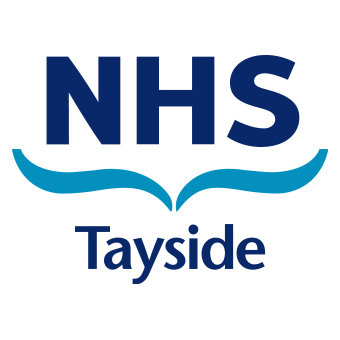- There is currently no role for FAST scanning in the paediatric population.
- MRI is reserved for potential spinal cord injury
- Plain radiographs can be of high value in children
- Dose reduction CT is likely to be the most useful modality.
Paediatric trauma (age <16) – emergency imaging

The following abbreviated guidance is based on the Royal College of Radiologists guideline document – Paediatric Trauma Protocols 20141
The use of adult trauma protocols, in particular whole body CT imaging is not appropriate in the approach to the general paediatric population. A more judicious approach to the use of plain radiographs and targeted CT is more appropriate in view of cancer risk of CT in younger age groups. However the option of whole body CT may be appropriate in a select group of patients with multi-system trauma, exposed to higher energy forces and especially where there are signs of shock.2
CT head is the imaging modality of choice and should be based on NICE guidance CG176 – see flowchart below. If criteria for a CT brain are fulfilled it is not an indication on its own for a CT of the cervical spine.
Paediatric cervical spine imaging is rare. Clinical evaluation is extremely important prior to requesting imaging as this is a relatively radiosensitive area. Guidance is based on NICE guideline CG176 – see flowchart below. If plain films are appropriate for the clinical situation the following 3 views should be obtained
- Lateral : base of skull to junction of C7/T1
- AP: include C2 to T1
- PEG : An adequate PEG view if attainable (may be difficult in small children)
Plain radiographs of the injured region will generally be the primary investigation. Targeted CT may be required for further investigation. MRI should be primary investigation if there are definitive neurological signs.
CT of lumbar spine is included in CT of abdomen and pelvis.
Primary investigation for blunt trauma is the chest X ray. Penetrating injury will require contrast enhanced CT.
If high index of suspicion plain films and MRI are recommended.
Contrast enhanced CT is the modality of choice for the assessment of acute intra-abdominal trauma. Where there is isolated head injury, a reduced GCS should not be the only justification for abdominal CT.
Clinical variables associated with intra-abdominal injury and may indicate the need for CT are:
- Lap belt or handlebar injuries
- Abdominal wall ecchymosis
- Abdominal tenderness in a conscious patient
- Abdominal distension
- Clinical evidence of hypovolaemia
- Blood from rectum or NG tube
Pelvic fractures are rare and screening X rays should not be performed in all cases. Imaging should only be considered if concern after clinical evaluation. The bony pelvis will be evaluated on CT abdomen and pelvis. Where clinically indicated contrast enhanced CT of the abdomen and pelvis is the modality of choice.